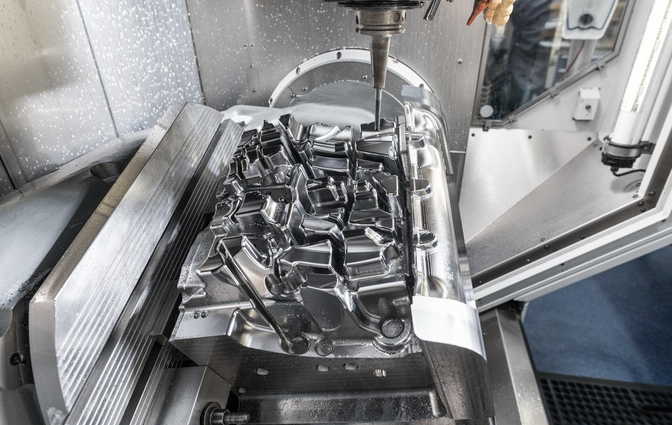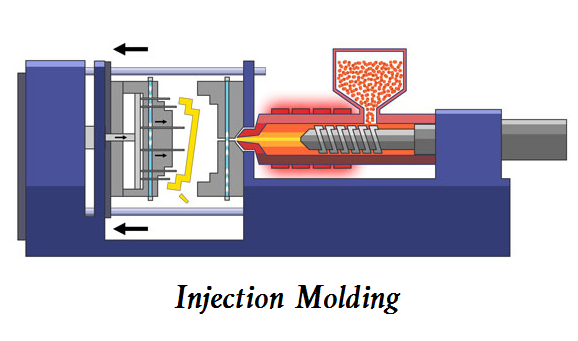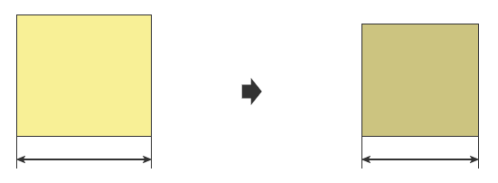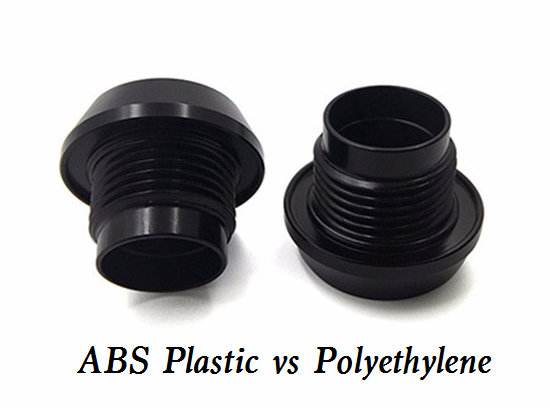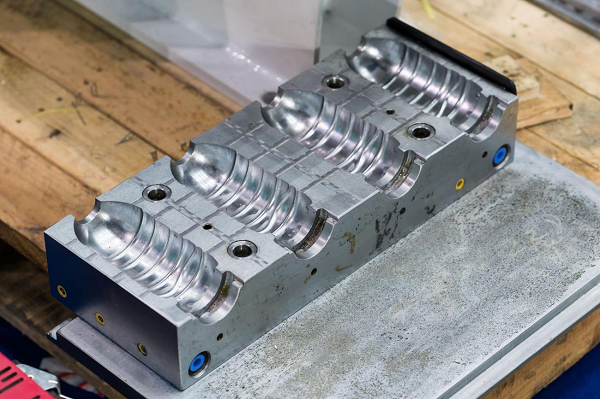Plastic pellets play a vital role in the world of manufacturing, especially in injection molding. These small, granular materials serve as the building blocks for creating a wide array of plastic products. Now let’s explain the intriguing journey of plastic pellets – from their production to their critical role in the injection molding process. By understanding the intricacies of this process, we can gain a deeper appreciation for the role plastic pellets play in shaping our modern world.
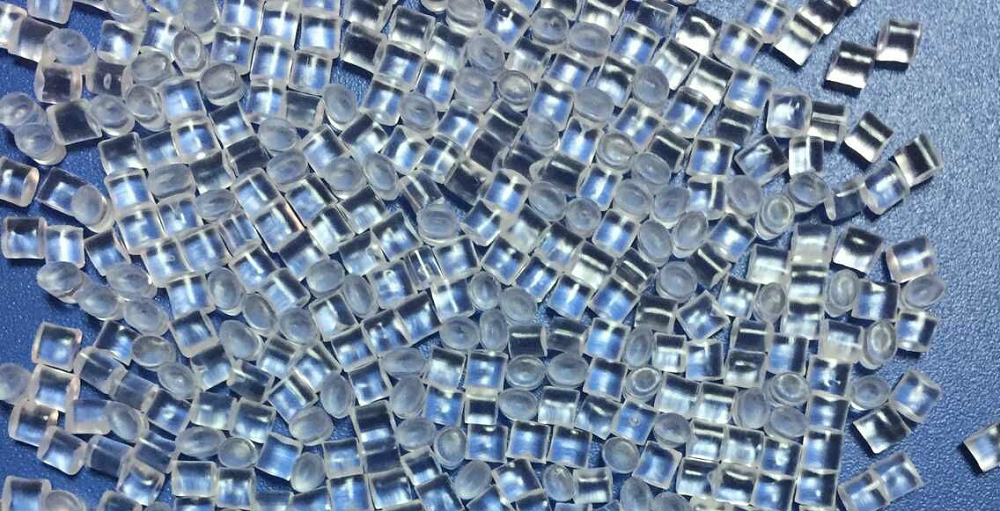
What are Plastic Pellets for Injection Molding?
Plastic pellets for injection molding are small, uniformly shaped pieces of plastic material used as the raw material in the injection molding process. These pellets are typically made from various types of thermoplastic polymers, such as polypropylene, polyethylene, polystyrene, and others. They are melted and injected into a mold under high pressure, where they cool and solidify to form the desired plastic product or component. The pellets are carefully selected based on their specific properties, such as strength, flexibility, heat resistance, and color, to meet the requirements of the final product.
The Role of Plastic Pellets in Injection Molding
Plastic pellets are the heart and soul of injection molding, harnessing their inherent properties to bring ideas to life. Understanding how these pellets work in the injection molding process sheds light on their importance and versatility.
Melting: From Solid to Liquid
Transition: Like an ice cube transforming to liquid upon exposure to heat, plastic pellets undergo melting when subjected to high temperatures within the injection molding machine.
Injection: Precision and Speed
Metaphor: Think of a sculptor injecting hot wax into a mold to create a detailed wax masterpiece. Similarly, during injection molding, the molten plastic pellets are injected with tremendous force into a mold cavity, acquiring the desired shape.
Cooling and Solidification: Solidifying the Future
Transition: Just as a puddle freezes to form ice, the injected plastic cools and solidifies within the mold cavity.
Ejection: Unleashing the Finished Product
Metaphor: Like a chick breaking free from its shell, the ejection phase in injection molding sees the finalized plastic product released from the mold, ready to make its mark in the world.
Types of Plastic Pellets for Injection Molding
There are various types of plastic pellets used for injection molding, and the choice depends on the desired characteristics of the final product. Here are some common types:
- Polyethylene (PE): This thermoplastic is known for its toughness, flexibility, and resistance to moisture. It comes in different forms, including low-density polyethylene (LDPE), high-density polyethylene (HDPE), and linear low-density polyethylene (LLDPE).
- Polypropylene (PP): PP pellets offer excellent chemical resistance, stiffness, and thermal stability. It is commonly used in packaging, automotive parts, and consumer products.
- Polystyrene (PS): PS pellets are lightweight and rigid, making them suitable for applications such as disposable cutlery, packaging, and toys. It can be transparent or opaque.
- Acrylonitrile Butadiene Styrene (ABS): ABS pellets combine the toughness of acrylonitrile and styrene with the flexibility of butadiene. It is commonly used in automotive parts, electronic housings, and consumer goods.
- Polyvinyl Chloride (PVC): PVC pellets are known for their durability, chemical resistance, and flame retardancy. They are commonly used in construction materials, pipes, and electrical cable insulation.
- Polycarbonate (PC): PC pellets offer high impact resistance, optical clarity, and heat resistance. They are used in automotive components, electrical enclosures, and optical lenses.
- Polyethylene terephthalate (PET): PET pellets are commonly used in the production of beverage bottles, food containers, and packaging materials due to their transparency, toughness, and barrier properties.
These are just a few examples, and there are many other types of plastic pellets available for different applications. The specific choice of plastic pellet depends on the desired properties, such as strength, flexibility, chemical resistance, transparency, and heat resistance required for the end product.
How are Plastic Pellets Made for Injection Molding?
Plastic pellets are the result of a transformative journey, starting with raw materials and ending with perfectly formed granules. Understanding the manufacturing process of plastic pellets is essential to appreciate the quality and versatility they bring to injection molding.
Raw Materials: The Foundation of Plastic Pellets
Metaphor: Just as a chef carefully selects ingredients for a delicious dish, the production of plastic pellets begins by meticulously choosing the right polymer resins. These resins, derived from sources such as petroleum or natural gas, provide the fundamental properties that dictate the behavior and characteristics of the final plastic product.
Polymerization: Creating Polymers
Transition: Once the suitable resins are selected, the polymerization process commences, giving birth to polymer chains, the basic building blocks of plastics.
Pellet Formation: Shaping Polymers
Metaphor: Imagine a potter skillfully molding clay on a spinning wheel; similarly, in the pellet formation process, the polymer chains are transformed into molten plastic, which is then shaped into small granules or pellets. Various techniques like extrusion or injection molding are employed to achieve precise dimensions and shapes for the pellets.
How Do Plastic Pellet Work in Plastic Injection Molding?
Plastic pellets are small, cylindrical beads made of raw plastic material. In plastic injection molding, these pellets are melted and injected into a mold to form various plastic products. Here’s how the process typically works:
- Pellet Resin: Plastic pellets, often referred to as resin, are made from raw plastic materials such as polyethylene, polystyrene, or polypropylene. These pellets are available in different colors and formulations depending on the desired properties of the final plastic product.
- Melting: The plastic pellets are fed into a hopper at the beginning of the injection molding machine. The pellets are then heated and melted in the machine’s barrel, usually through a combination of mechanical mixing and heating elements, such as electric heaters or heating bands. This transforms the solid plastic pellets into a molten liquid.
- Injection: Once the plastic pellets are melted, a precisely measured amount of molten plastic, known as the “shot,” is injected into a mold cavity. The mold is usually made of two halves that come together. The mold is designed to create the desired shape and features of the plastic product.
- Cooling and Solidification: After the molten plastic is injected into the mold, it starts to cool and solidify. The cooling process can be accelerated by circulating coolants or using cooling channels within the mold. The cooling time can vary depending on the size and thickness of the plastic part.
- Ejection: Once the plastic has solidified and cooled sufficiently, the mold opens, and the plastic part is ejected from the mold cavity. Ejection may involve the use of ejector pins or other mechanisms to push the part out of the mold.
- Finishing: The ejected plastic part may undergo additional processes, such as trimming excess material, removing any imperfections, or adding surface finishes or textures.
By repeating this process, plastic injection molding allows for the mass production of consistent and precise plastic parts with complex shapes. The use of plastic pellets as the raw material provides a convenient and efficient way to control the composition and properties of the plastic throughout the injection molding process.
How Plastic is Recycled into Pellets for Injection Molding?
Recycling has emerged as an essential aspect of sustainable manufacturing. Understanding how plastic waste is transformed into recyclable pellets offers insights into the circular economy’s potential and the role of plastic pellets in reducing environmental impact.
Collection and Sorting: Taming the Chaos
Transition: Just as a dedicated librarian skillfully organizes books in a vast library, plastic recyclers collect and sort different types of plastic waste, aiming to prevent contamination and maximize efficiency.
Cleaning and Shredding: Purity from Chaos
Metaphor: Like a gold miner separating precious nuggets from dirt, the cleaning and shredding phase eliminates impurities and reduces plastic waste into manageable pieces.
Melting and Extrusion: Rebirth through Heat
Transition: Just as a phoenix rises from its ashes, recycled plastic pieces experience a rebirth through melting and extrusion. The melted plastic is extruded into a continuous stream, which is then cut into pellets resembling the starting material.
Quality Control: Ensuring Rebirth is Successful
Metaphor: Similar to a vigilant inspector examining newly constructed buildings for structural integrity, the recycled plastic pellets undergo rigorous quality control tests, ensuring they meet the required standards for injection molding processes.
Plastic pellets for injection molding encapsulate the essence of transformation and precision. From their birth as polymer chains to their role in creating intricately shaped plastic products, plastic pellets prove their worth. Through the journey of recycling, these pellets also contribute to sustainability, crafting a brighter future for our planet. Understanding the production of plastic pellets and their role in injection molding enables us to appreciate the innovation and craftsmanship involved in bringing ideas into tangible reality. Plastic pellets truly stand as the keystones of modern manufacturing, enabling endless possibilities and pushing the boundaries of innovation.


